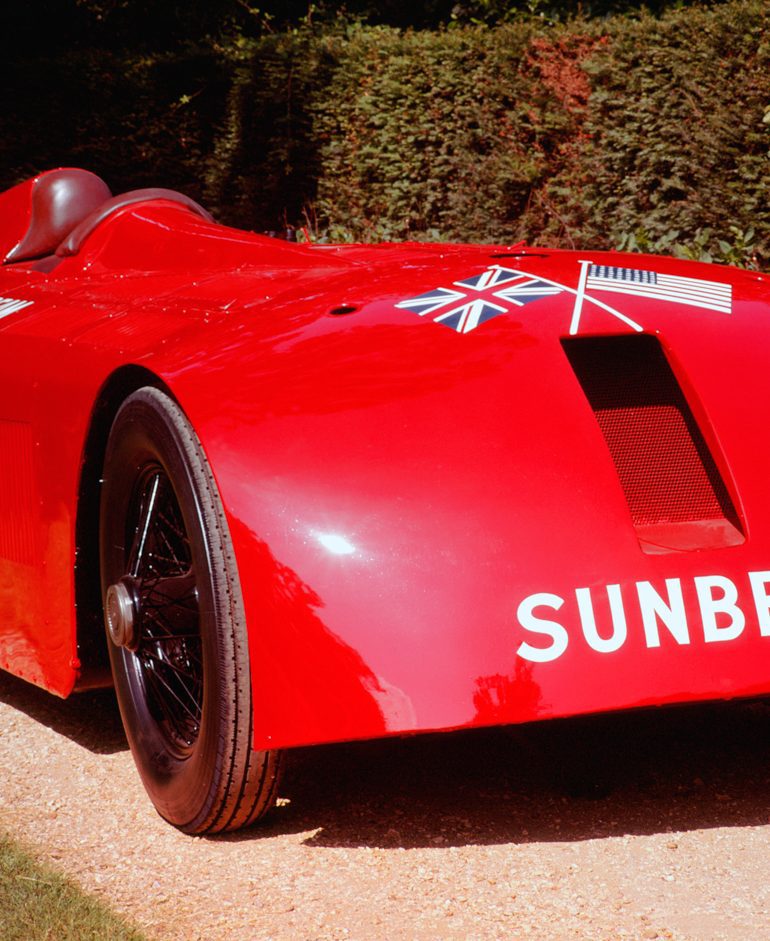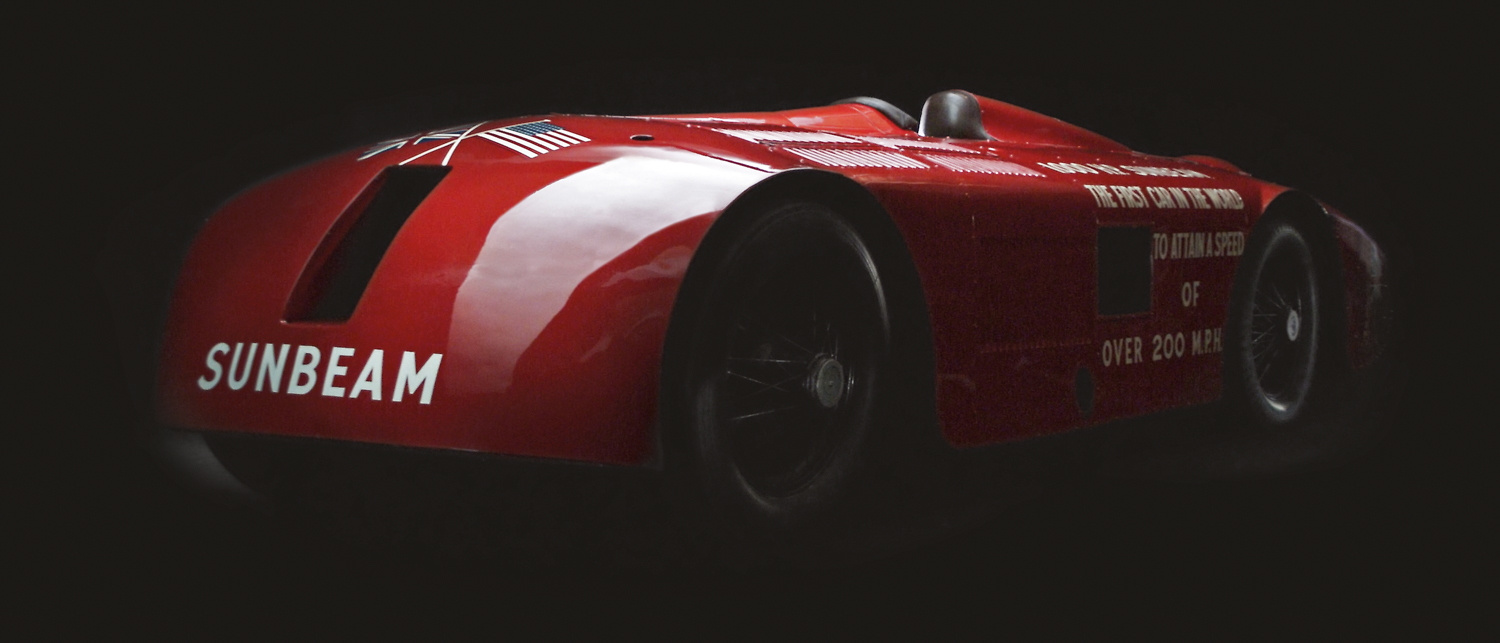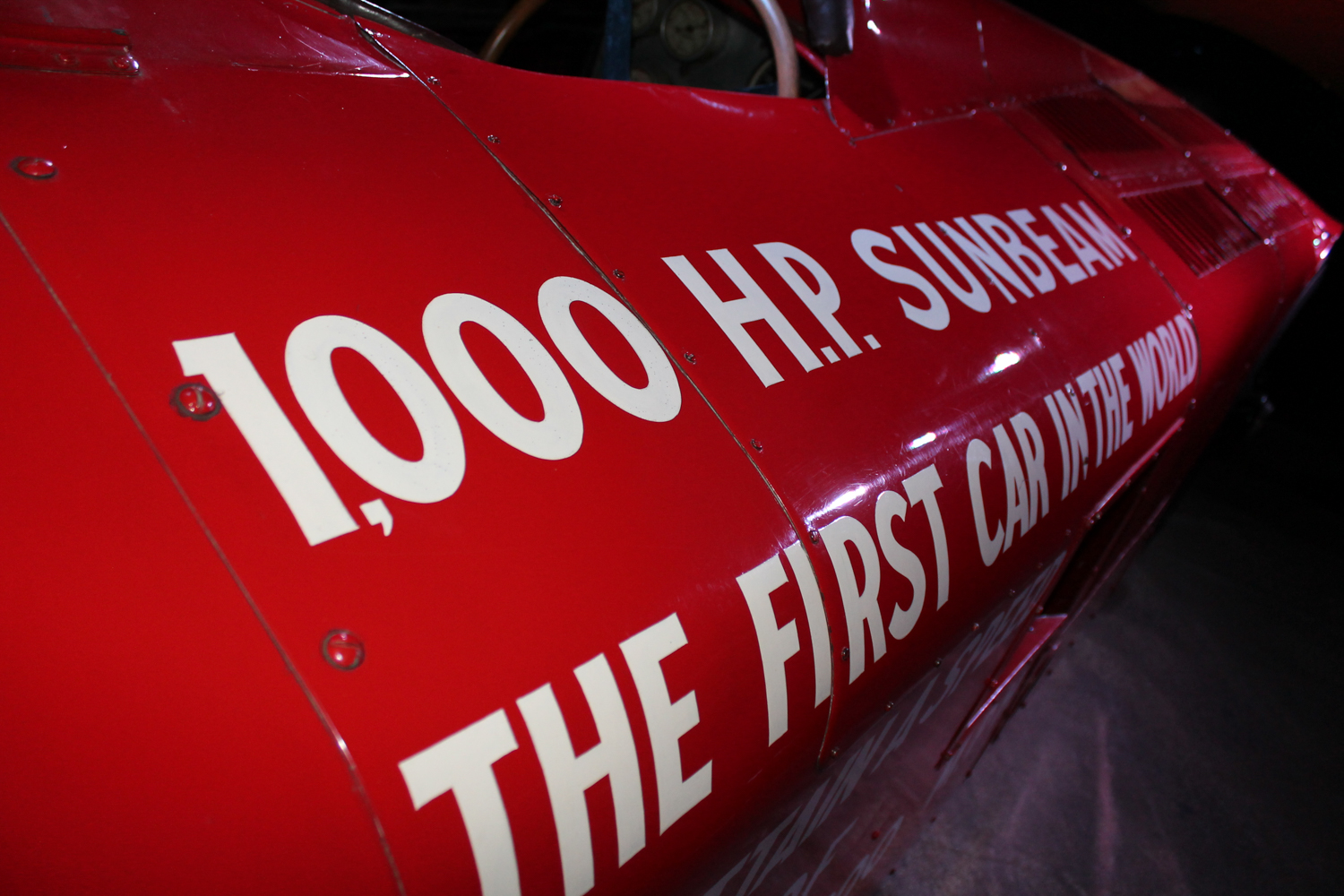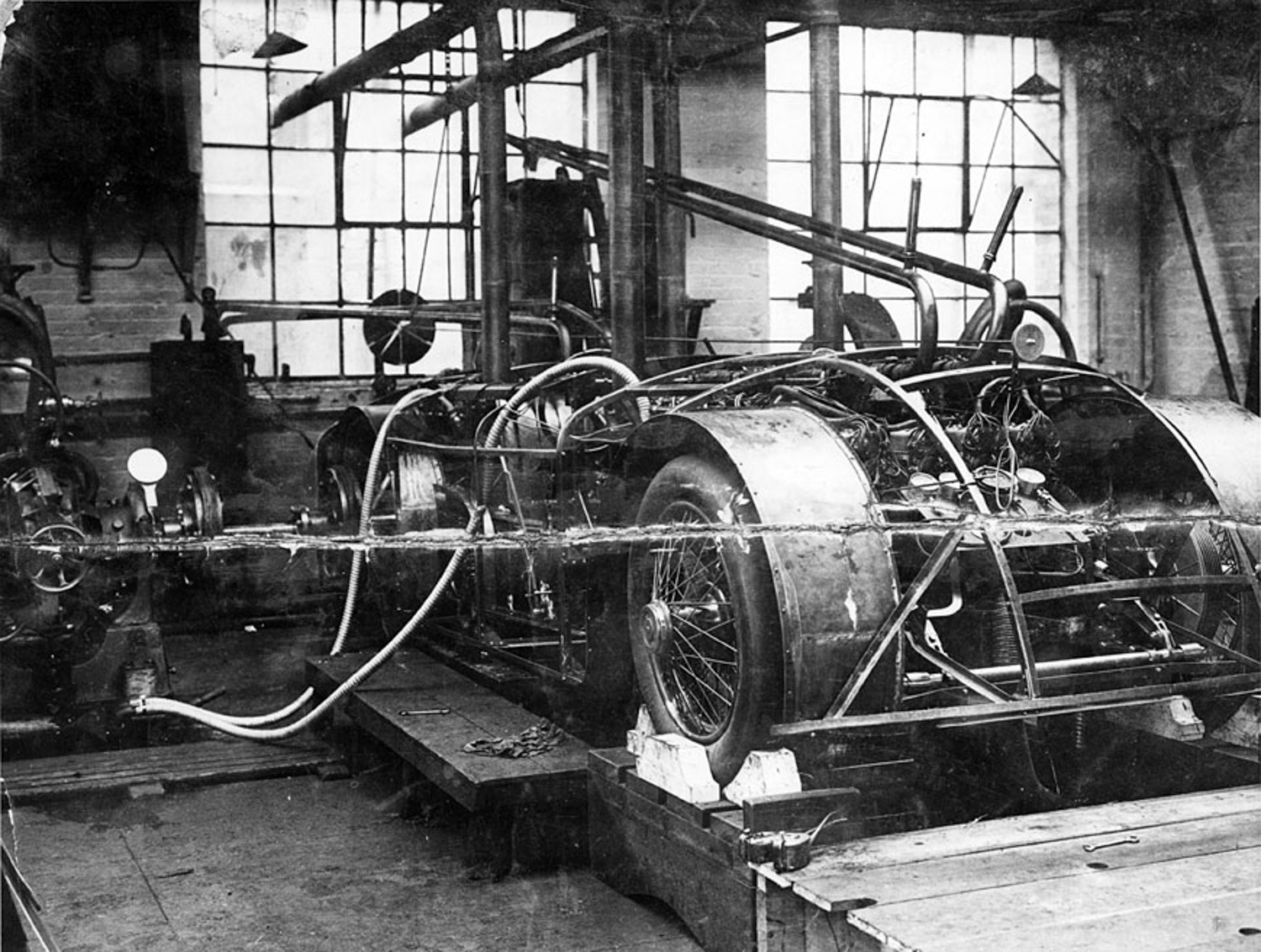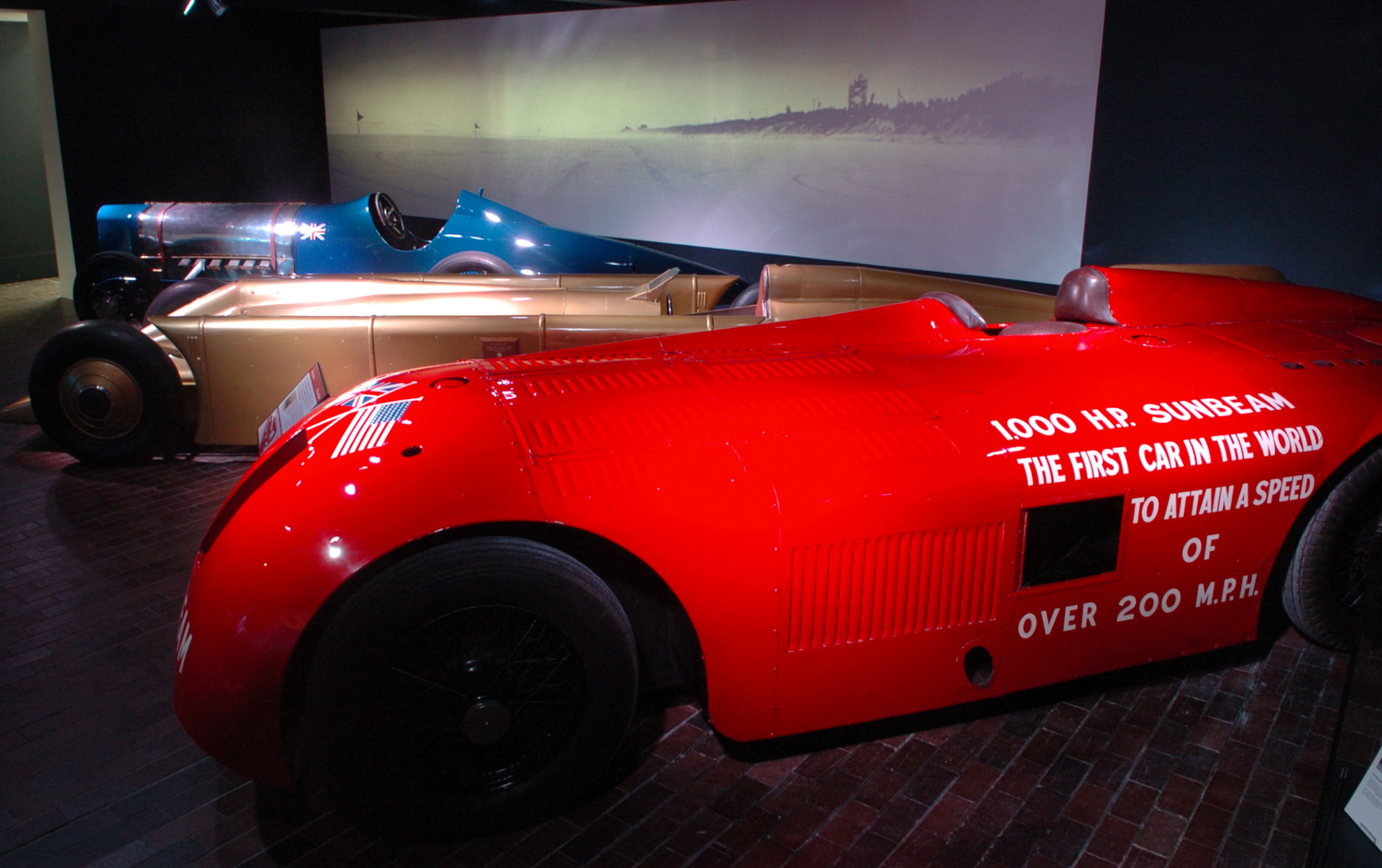The National Motor Museum has launched the Sunbeam 1000hp Restoration Campaign on the anniversary of Major Henry Segrave’s Land Speed Record on March 29, to enable its colossal V12 aero engines to run again.
Working together with Hampshire-based Brookspeed Automotive, the campaign aims to raise £300k to complete the restoration and take affectionately nicknamed ‘The Slug’ back to Daytona Beach in Florida for the 100th anniversary of the record-breaking run, in 2027.
Expert restoration work will be carried out in front of visitors in the National Motor Museum and documented throughout the process with filming and blogs. Opportunities will be offered for schools, colleges and universities to get involved with STEM workshops and activities.
To help raise the profile of the vehicle’s centenary celebrations and the museum’s fundraising campaign – through individual donations and corporate sponsorship – it is intended that the Sunbeam will go on show at motoring events throughout the UK and Europe, as well as tour motoring museums across America.
The National Motor Museum’s Head of Development Michelle Kirwan said: “This is a wonderfully exciting opportunity to raise the funds necessary to breathe new life into the two aero engines and enable the Sunbeam to run again.
“To be able to take this iconic car back to Daytona, where world Land Speed Record history was made, would be incredible – especially in the centenary year. We are grateful for Brookspeed Automotive’s support with this campaign and look forward to working together to achieve the ultimate goal of such an historic run, which will capture the imagination of motoring enthusiasts around the world.”

The Sunbeam’s two 22.5-liter engines, which each produced 435bhp, have not run for over half a century after corrosion attacked internal workings. With painstaking rebuilding, using specialist knowledge and bespoke parts, National Motor Museum engineers will recapture the sounds, sights and smells of this ground-breaking machine and help to preserve it for future generations.
Designed and built solely to break the 200 mph barrier, this immensely powerful machine was once the fastest car in the world. In 1927, as many as 30,000 spectators gathered in the sand dunes at Daytona to watch Major Segrave set a new world record by driving the car at an average speed of 203.79 mph. Strong winds on the first outward run caused the car to skid violently, forcing him to drive into the sea to slow down, but he was still able to make the return journey and set the new record.
This remarkable achievement was due in no small part to the Sunbeam’s two engines. To generate enough power to reach such high speeds, two Sunbeam Matabele V12 aero engines were chosen for the bespoke design by Sunbeam Chief Engineer Louis Coatalen, with the driver’s cockpit positioned between the front and rear engines. The total weight of this massive car was well over 3 tons, while its unique streamlined bodywork earned it the nickname ‘The Slug’.
The Sunbeam went on display at Beaulieu in 1958 on loan, before being secured for public display by Edward, Lord Montagu in 1970. It now sits proudly at the heart of the National Motor Museum’s For Britain and For The Hell Of It display, alongside fellow world Land Speed Record breakers Sunbeam 350hp, Golden Arrow and Bluebird CN7.
National Motor Museum Senior Engineer Ian Stanfield has started work to strip down the rear engine of the Sunbeam, to discover the true extent of corrosion damage – but funds are now needed to turn back the clock and complete the full restoration project.
If you can help to support the Sunbeam 1000hp Restoration Campaign, please get in touch by emailing [email protected]


